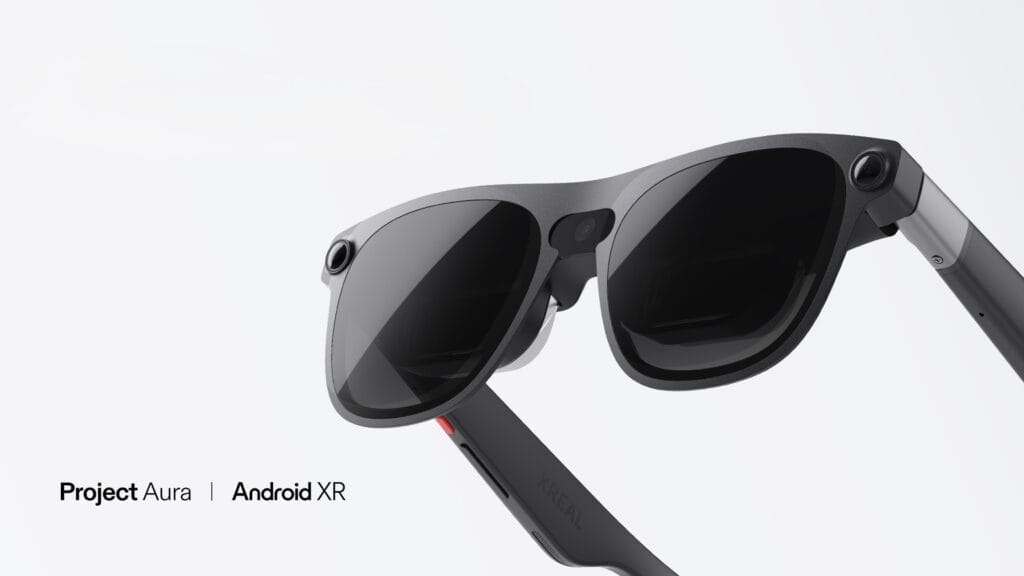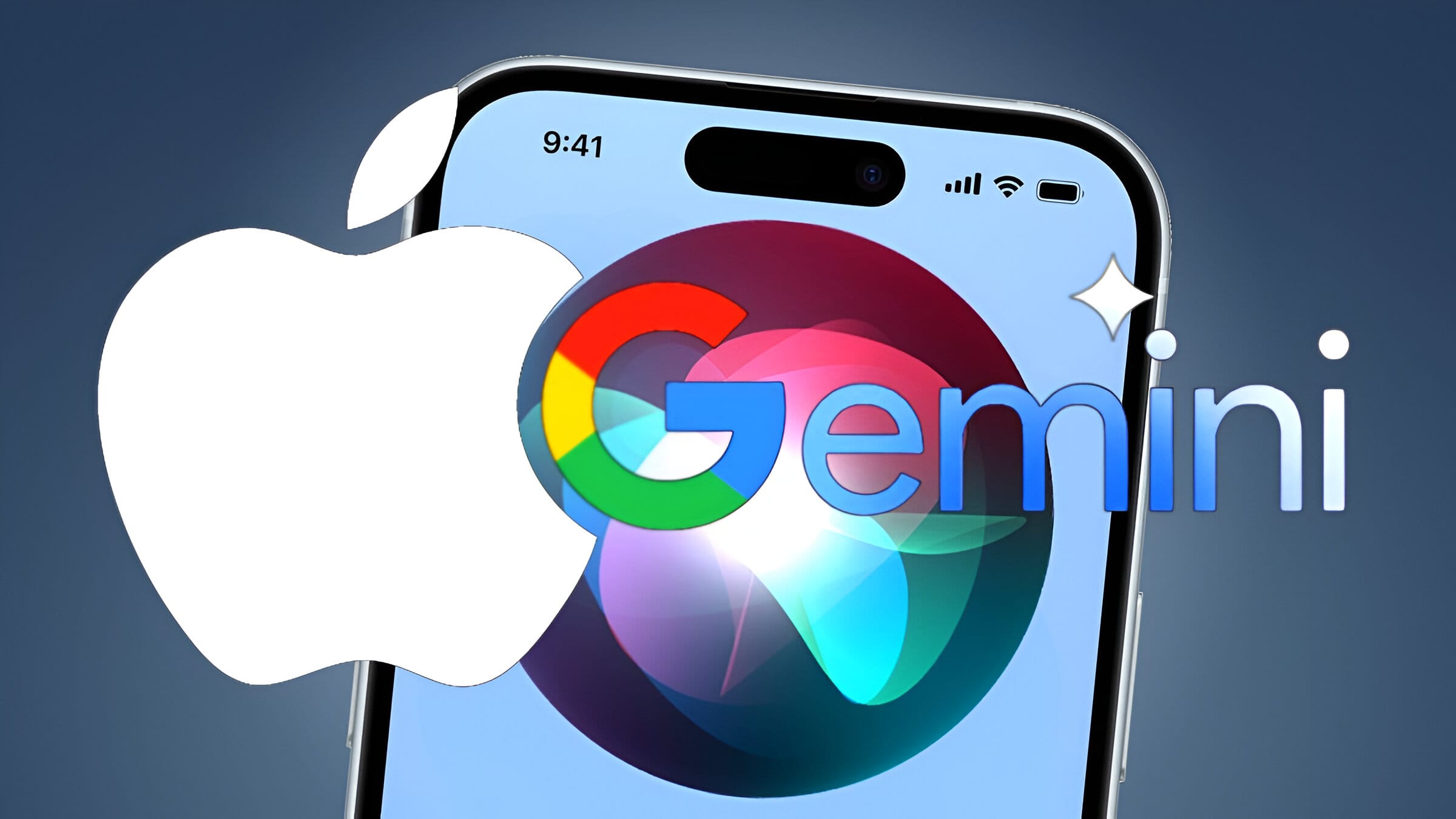XREAL is ramping up its XR ambitions, and its latest tease, Project Aura, hints at big things coming in 2026 — but not without a tether. The Android XR glasses, announced alongside Google I/O last month, won’t be fully wireless. Instead, users will need to connect them via a built-in wire to a dedicated, puck-shaped device that handles all the heavy processing.
At the Augmented World Expo 2025, XREAL revealed new details about Aura’s hardware setup. The puck — small enough to slip into a pocket — will house an unspecified Qualcomm Snapdragon chip. Meanwhile, the glasses themselves will feature an upgraded X1S chip and forward-facing sensors for hand tracking, giving them a level of interactivity that rivals Meta’s Quest 3 and Samsung’s upcoming Project Moohan.

One standout claim is that Project Aura will deliver XREAL’s largest display to date. Thanks to a new flat prism lens, these XR glasses will boast a 70-degree field-of-view — the widest ever for the brand — all while using lenses that are 40% smaller than their predecessors. It’s a clever hardware tradeoff meant to keep the glasses compact while expanding the immersive experience

XREAL has made it clear that this tethered puck is a necessity, as smartphones simply won’t be able to handle the computing demands of Android XR content. The company, however, stayed quiet on battery life, pricing, and final hardware design.
With Apple, Google, Meta, and Samsung all in the XR race, XREAL’s choice to go wired might seem limiting, but it could help them deliver higher performance in a lighter, sleeker form factor. The official launch is locked in for 2026 — and frankly, the XR market might need the shake-up.




